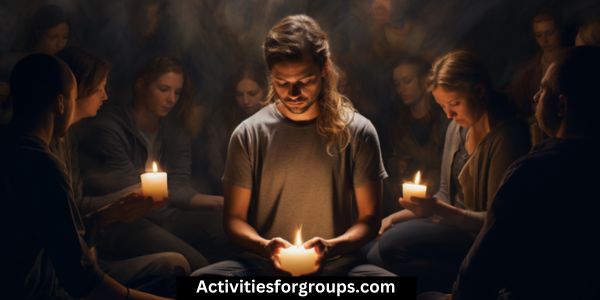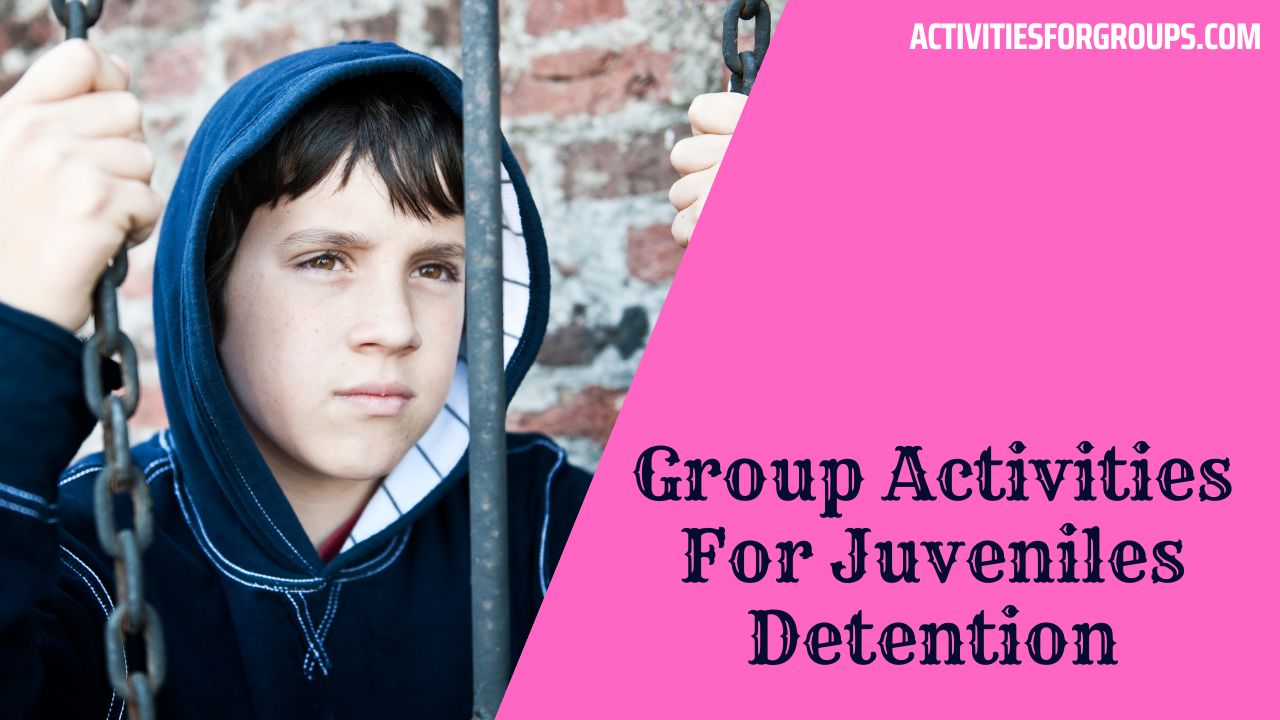Are you a mindfulness and meditation practitioner struggling to keep your group focused? Distractions can be hard to deal with, but the good news is that with a few simple steps, you can keep your group on track.

Learn how to establish guidelines, re-focus techniques, and encourage positive habits to help keep distractions at bay.
Defining Distractions
Distractions come in many forms, so it’s important to first define what exactly we mean by ‘distractions’ during mindfulness and meditation sessions. This includes anything that interrupts the focus of the group, such as external noises, movement, and thoughts that are unrelated to the mindfulness practice.
Practicing mindful listening and mindful breathing can help to keep the group focused and reduce distractions.
It’s essential to remember that distractions are natural, and not necessarily a sign of failure. If an individual finds themselves distracted, they should be encouraged to bring their focus back to the present moment. If the distraction is external, it’s important to create a calming atmosphere that will help to reduce the impact of any disturbances.
It’s also important to remember that the goal of the session is to help participants become more aware of their thoughts and feelings and to practice being present in the moment. If a distraction can’t be eliminated, then it should be embraced as a part of the practice. By accepting the distraction, in a non-judgmental way, the individual can focus on being mindful of the distraction and allowing it to pass.
Establishing Guidelines
In addition to understanding and accepting distractions, it’s important to establish guidelines for the group to follow that will help reduce the occurrence of distractions. To stay engaged and create a supportive group dynamic, here are three key guidelines to keep in mind when leading a mindfulness and meditation session:
- Pre-Session:
- Prepare the space with comfortable seating, a timer, and a pleasant atmosphere
- Introduce the session and explain the intended purpose
- Encourage participants to set intentions for the session
- During the Session:
- Encourage participants to stay present in the moment
- Remind participants that distractions are normal and to observe them with acceptance
- Encourage participants to be mindful of their body and breathing
- Post-Session:
- Ask participants to share their experiences
- Give participants time to reflect on the session
- Ask participants to set goals for the next session
Re-Focusing Techniques

Once members have established guidelines to help reduce distractions, they can begin to explore re-focusing techniques to help them stay present in the moment. Re-focusing techniques involve the identification of triggers that distract from the mindfulness moment, and then nurturing resilience to help refocus on the present.
One re-focusing technique is to recognize the distraction and then come back to the present moment. By acknowledging the distraction, it can be released and members can use the moment to assess what drew their attention away from the mindfulness exercise. Additionally, members can practice mindful breathing to reconnect with the present moment.
Members can also use mantras or affirmations to help stay focused on the present. By repeating a phrase or statement, members can stay in touch with their current experience and re-center their attention.
Another re-focusing technique is to practice progressive relaxation, which involves focusing on different parts of the body to help members relax and stay connected to the present.
Finally, members can practice visualization to help them stay focused on the present. By imagining a peaceful, calming scene, members can refocus on the present and the mindfulness exercise.
Acknowledging Emotions
As we explore re-focusing techniques to stay present at the moment, it’s also important to acknowledge any emotions and feelings that arise during the mindfulness and meditation session. Expressing those feelings is key to building a supportive environment for participants.
Here are some tips for acknowledging emotions during a group session:
- Listening: Listen to participants with empathy and open-mindedness. Invite participants to take time to express their feelings and validate their experiences.
- Encouraging: Encourage participants to express their feelings by setting a calm and welcoming atmosphere. Ask questions to help participants identify their triggers and clarify their emotions.
- Reflecting: Reflect back to participants their feelings and experiences to validate their emotions. Acknowledge their emotions without judgment and create a safe space for them to express their feelings.
By actively acknowledging and expressing emotions during mindfulness and meditation sessions, participants will be more likely to stay present and focused.
Establishing a supportive environment for participants to share their feelings and experiences will help create a meaningful and lasting experience.
Encouraging Positive Habits

Encouraging positive habits is vital to building a successful mindfulness and meditation practice. To help with this, introduce visualization techniques to your group. These can include visualizing a peaceful place, breathing exercises, or focusing on a word or phrase. Visualization helps to create a positive mindset for each participant, and it can be a helpful self-awareness practice.
Additionally, have participants focus on their breathing patterns. This can help them to gain awareness of their physical and mental state and become more mindful. Ask each person to take a few moments to close their eyes and recognize the sensations they feel in their body. Remind them to stay in the present moment and to acknowledge any distractions without judgment.
You can also suggest that they practice mindful movement, like gentle stretching or walking slowly. Doing so can help them to stay in the present and cultivate a sense of calm.
Frequently Asked Questions [FAQs]
How Long Should a Group Mindfulness and Meditation Session Last?
You should consider environmental factors and emotional triggers when deciding how long a group mindfulness and meditation session should last. Short sessions may be more beneficial for some groups.
Is It Necessary to Have a Leader for Each Session?
You may need a leader for the session to ensure group dynamics are met and leader roles are filled.
What Are the Best Methods for Managing a Large Group of Participants?
When moderating a large group, use positive reinforcement and techniques that encourage engagement. Ensure everyone is heard and involved, and focus on keeping the group on task.
Are There Any Rules or Regulations That Should Be Followed When Conducting Sessions?
Yes, it’s important to have an informal structure and consider group dynamics when conducting sessions. Make sure everyone is comfortable and set clear expectations.
How Can Participants Be Encouraged to Stay Focused and Engaged During the Session?
Encourage participants to stay focused and engaged by discussing discussion points, making mindful breathing a priority, and limiting attention span to maintain mental clarity.
Conclusion
By setting clear expectations and guidelines, encouraging positive habits, and providing re-focusing techniques, group mindfulness, and meditation sessions can be conducted with minimal distraction.
Acknowledging and validating emotions that arise can also help to keep participants on track.
With the right tools, distractions can be managed in a way that keeps everyone engaged and focused on the task at hand.




Leave a Reply